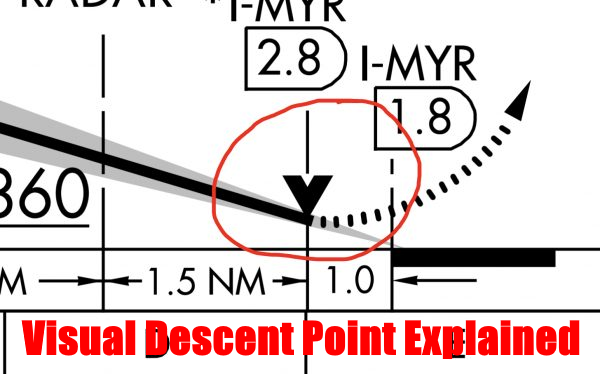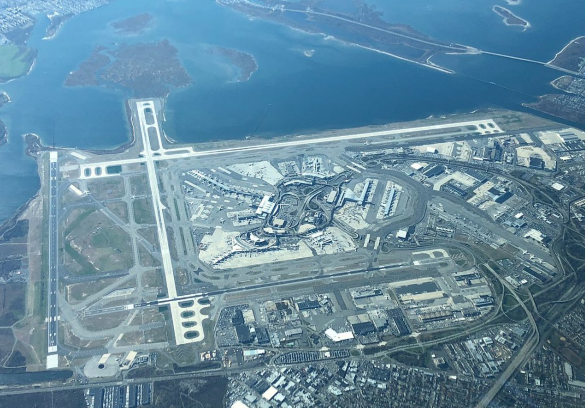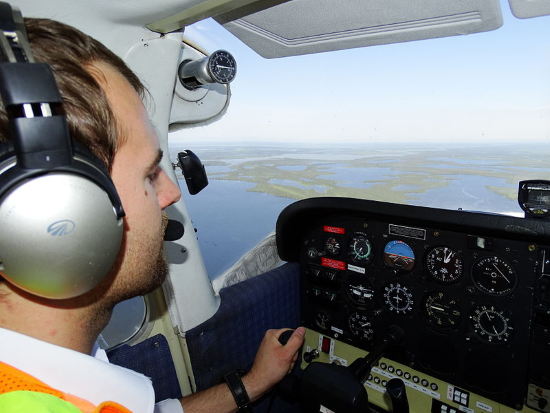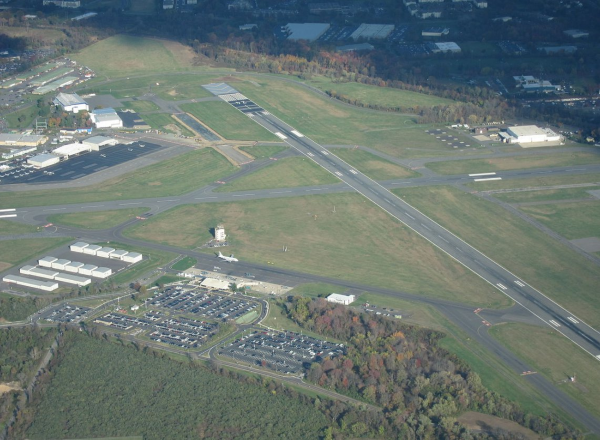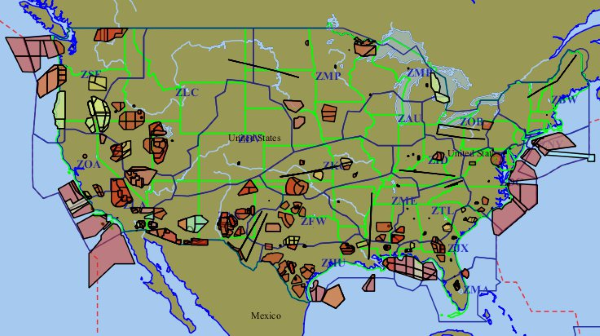Flying along on a beautiful clear day makes planning a safe landing a piece of cake. Avoiding controlled flight into terrain is easy when you can actually see the terrain! Having to descend through clouds, however, can be a bit unnerving. Watching the altimeter unwind towards obstructions that you cannot see becomes easier to swallow Read More…
Blog
Class B (Bravo) Airspace Explained
Class B, or Class Bravo Airspace, is the biggest class of airspace that exists around an airport. It is reserved for only the biggest and busiest of airports, the realm of the passenger and cargo jets. In many ways it is also the most restrictive, with certain barriers to entry for many types of planes Read More…
Unusual Attitude Recovery: 2 Examples Of How To Recover
Loss of control is one of the leading causes of airplane accidents and is also one of the leading causes of airplane related fatalities. Airplanes normally don’t fall out of the sky, and before a loss of control occurs, planes tend to do unusual things. Usually, by the time the pilot realizes he has lost Read More…
Class D Airspace Explained
There are several classes of airspace that require control, and Class D (Delta) airspace encompasses some of the smallest airports that require a control tower. For pilots flying smaller General Aviation airplanes, Delta is the least intimidating controlled airspace to fly into. Flight into an airport with an operating control tower is actually a requirement Read More…
Special Use Airspace Explained
On a clear day, one can see for miles in any direction, but what you can’t see are the invisible lines that crisscross the country. These lines are the imaginary ones that are depicted on the sectional chart. They separate areas in which a pilot can fly, and have different rules based on the type Read More…

